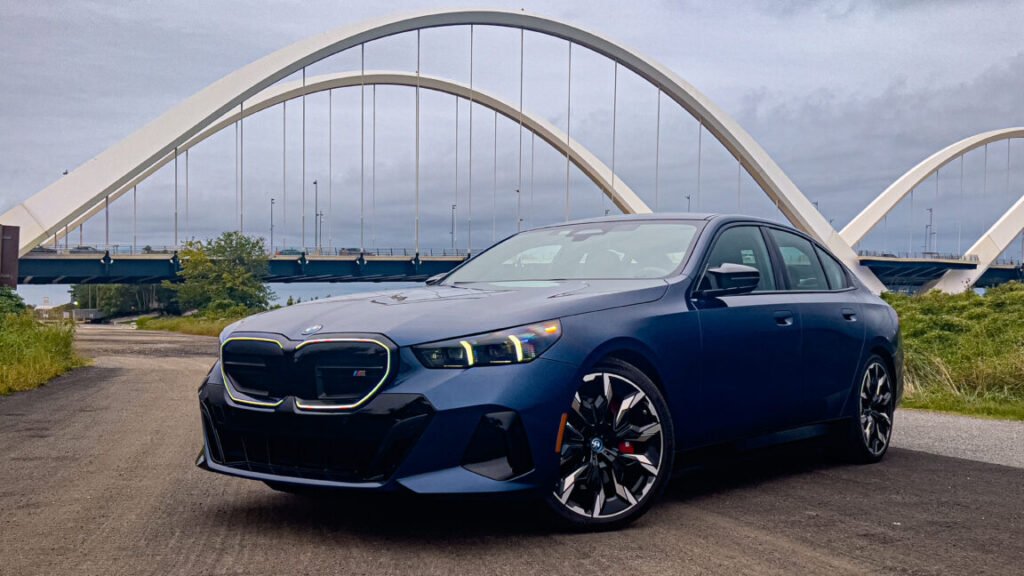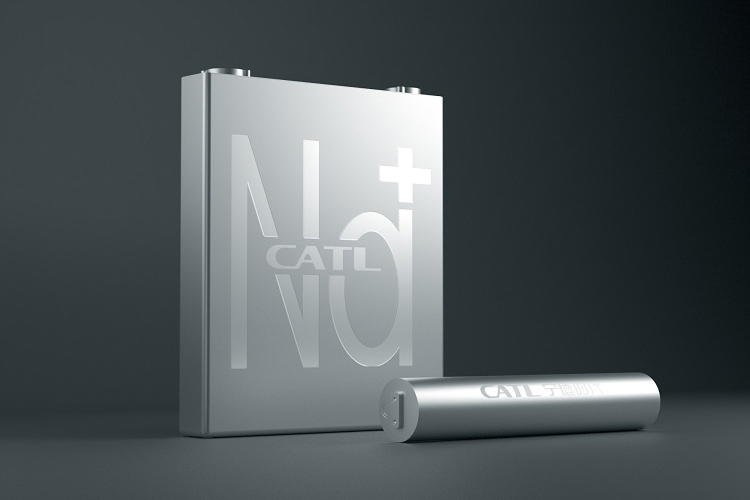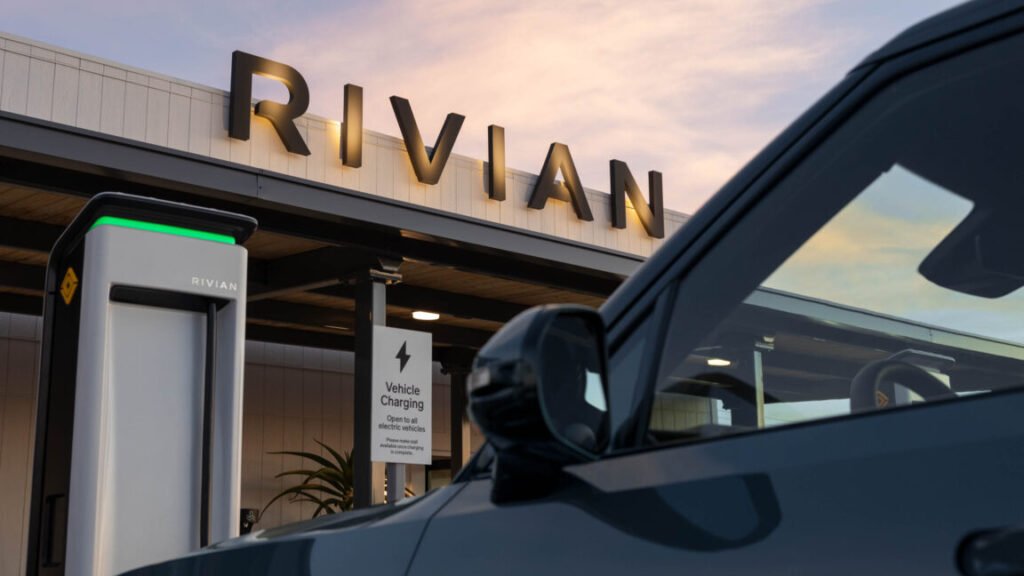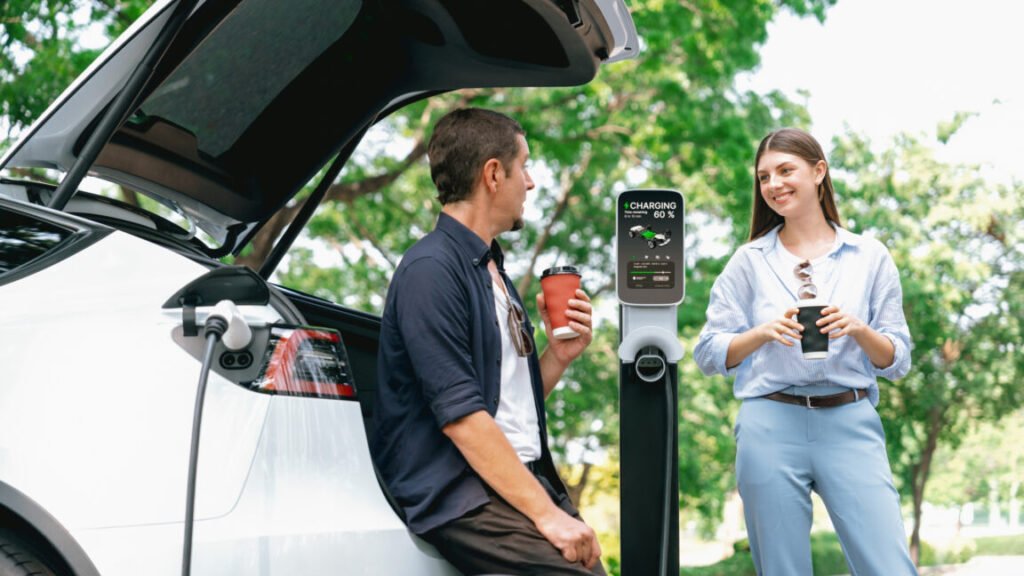The motors are from partner Protean, which has been working on hub motor tech for years. The two work together on BEDEO’s bread-and-butter business of converting existing diesel vans into hybrids—the ICE components remain in place driving the front wheels, and the rear wheels gain electric power, linked to a conveniently placed battery. Fleets can keep their existing vehicles in service and still comply with the UK’s low emissions zones. (BEDEO also offers a full EV conversion as an alternative to the hybrid upfit.) These EV and hybrid conversions have given BEDEO plenty of real-world data—over 37 million miles (60 million km) of it—and have shown how hardy Protean’s wheel motors are. Few things stress test wheels like a van driver in a hurry.
How does this system work, then? Rather than a couple of axle-mounted motors being fed by a battery, here there are four in-wheel motors and a 75 kWh battery. This combination, says BEDEO, means it weighs about the same as the ICE setup it’s replacing and is good for 153 miles on the WLTP cycle. Charging to 100 percent takes five hours on a 22 kW AC charge, or you can spec a 50 kW DC fast charge to get the job done in 90 minutes. The motors generate 320 hp (239 kW) and a staggering 1,916 lb ft (2,598 Nm), though that doesn’t mean it’s mega quick; 0–62 mph (0-100 km/h) takes 10 seconds, and the vehicle tops out at 80 mph (129 km/h).
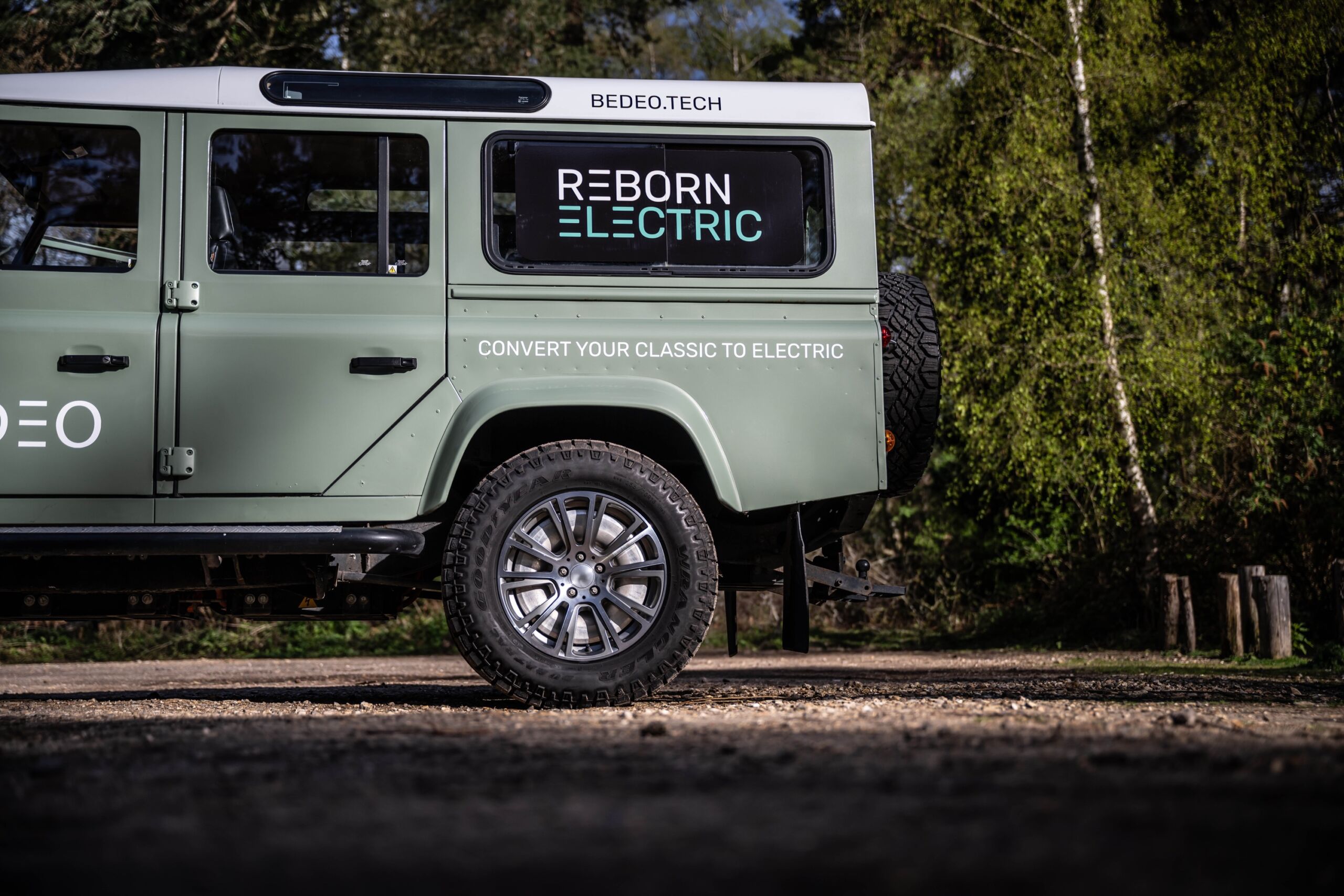
Credit:
BEDEO
I wonder what vehicle BEDEO will convert next.
Credit:
BEDEO
On the road, it feels much like a Defender—heavy, not all that quick, and very much of its era. The controls, bar some fancy displays and a new steering wheel, are just as you’d expect from Solihull’s finest. The biggest difference is that all the squeaks and rattles that came standard from the factory can’t hide behind a clattery diesel engine anymore. There are a few regenerative braking modes to pick from, and in town, I found it was best to leave it at its strongest setting, allowing one-pedal driving. Power delivery is smooth, and though its 0–62 mph time seems a smidge glacial by modern EV standards, in this context, it feels appropriate.

